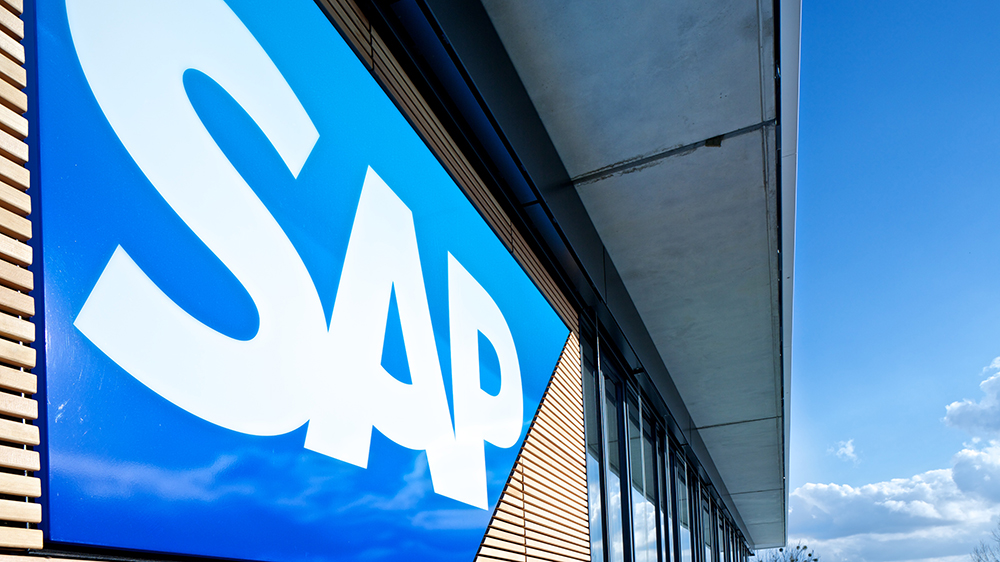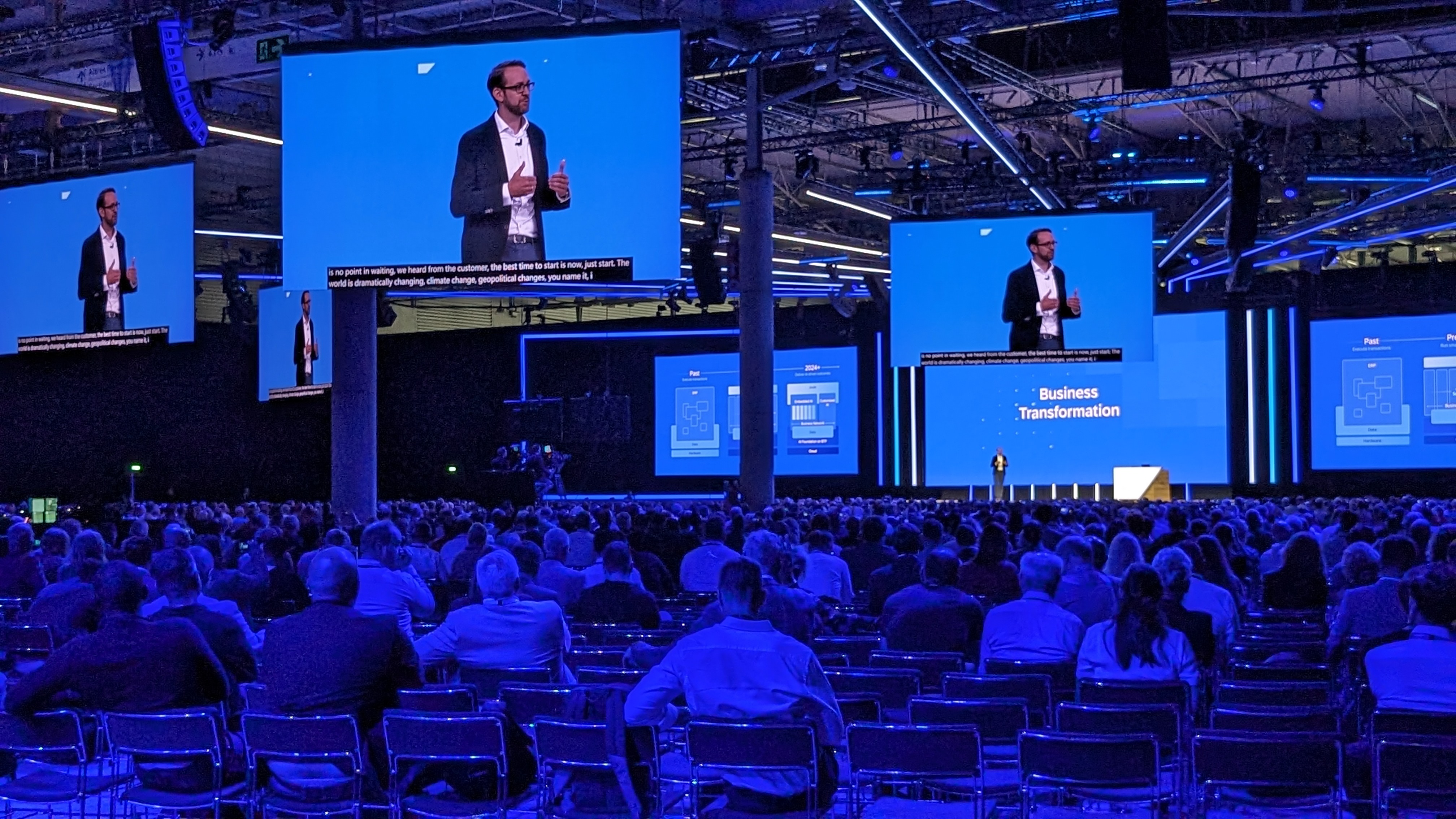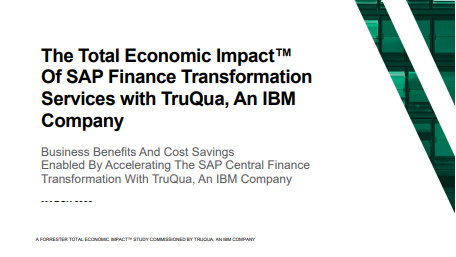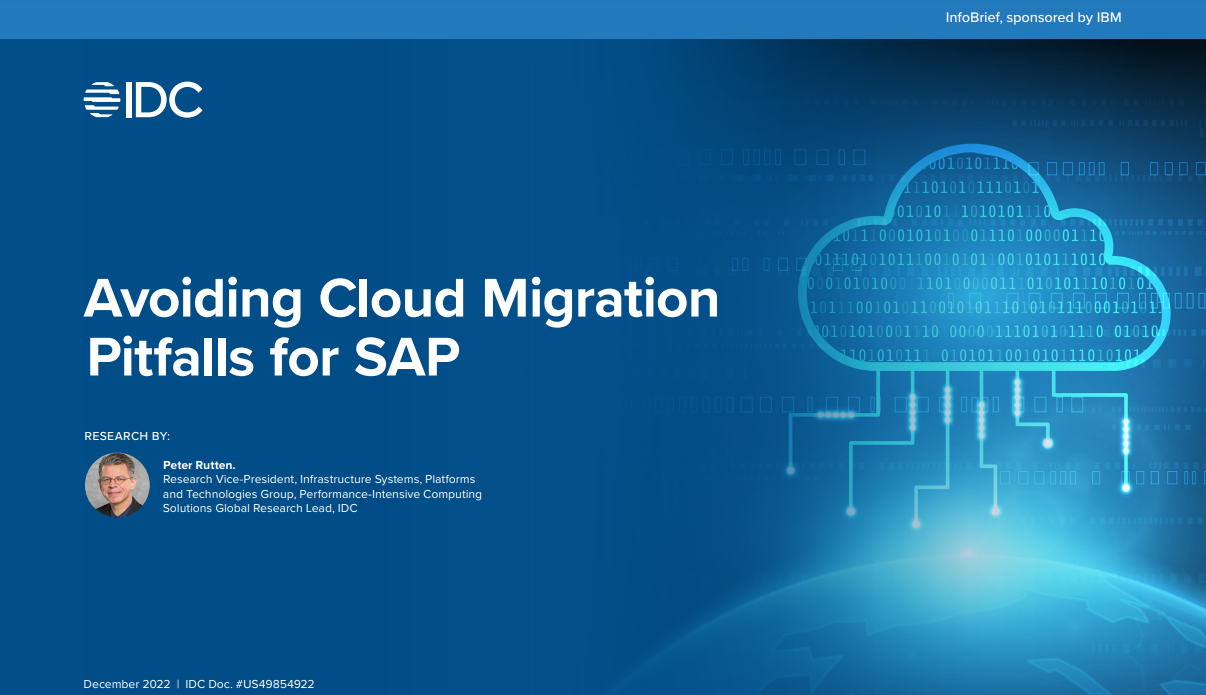SAP targets SMEs
SAP hands direct business over to channel in a bid to get a bigger slice of SME business


Business software giant SAP (NYSE:SAP) is stepping up its campaign in the SME sector in a bid to grow its presence in the lucrative market.
“We’re putting more resource and focus into SME than we’ve ever done,” explained John Antunes, director of SME & channels for SAP UK and Ireland, speaking at the vendor’s SAPPHIRE event last week in Madrid. “As we bring more technology to market there’ll be additional opportunities for our existing partners to sell into their customers, but we will also continue to recruit aggressively additional partners into the channel.”
In January this year the firm declared it wanted to go 100 percent direct with its SME business. Today “just about all” of SAP’s SME business goes through the channel, according to Antunes (pictured).
He explained: “While we continue to deliver on the strategy to do everything direct, if we have a customer that says ‘we absolutely want to deal with you direct’, we have to respect that choice.”
The channel exec went on to outline an aggressive recruitment campaign for 2012, which he says will see the expansion of its current partner numbers by a third. SAP wants to sign up another 10 – 20 firms to its existing figure of 50 - 60 predominantly SME partners.
He also estimated SAP’s UK channel business would “probably going to grow 60 – 70 percent this year, which in the current climate is very positive.”
Transferring the business
ChannelPro Newsletter
Stay up to date with the latest Channel industry news and analysis with our twice-weekly newsletter
The company this year set out to identify partners which were offering services to their customers – however the licensing was still being handled by SAP. Then, said Antunes, the company worked to transfer the software licensing business over to those partners as well.
“We’ve said to partners, ‘let us know what customers you’re already doing services with’, then we communicate to the customer that we will be handing over any future licences business completely to the partner.”
Antunes added this process is on track to be “100 percent complete by the end of this year.”
The vendor has made a number of internal changes at the organisation too, including beefing up its partner recruitment and enablement teams, adding more partner account managers and getting its entire direct sales organisation to focus on selling alongside its channel partners.
“If you look at some of our competitors, they typically have the partner account management piece, but they don’t have the ‘sell-with piece’, and some are still competing with the channel,” said Antunes. “Taking our message out to market means channel partners can now invest without worrying we’re going to take business away from them.”
Solution set
The vendor now boasts a stronger solution set for SMEs, said Antunes. “Mobility, business intelligence, Business ByDesign – it’s a far more comprehensive product portfolio than we’ve ever had in SAP’s history. It really fits into the SME space. It’s been a real game-changer for us, because if we had tried to do this three or four years ago, it would have been much more of challenge.”
One of the hot topics at SAPPHIRE was mobility, leveraging last year’s acquisition of the Sybase mobile platform. Here, Antunes believed, is where SAP has one-up on its competitors: “Mobility allows us to recruit some competitors’ partners where the competition don’t have a mobile solution. We will continue on a very aggressive recruitment drive.”
Battling perceptions
Nevertheless, SAP still struggles with its image as a large enterprise player, and is going all out to change perceptions among partners and SME customers. In fact, co-CEO Jim Snabe in his keynote, commented: “Is SAP only for big companies? No it’s not. It has the right solutions for all sizes – Business One [SAP’s ERP system for SMEs] is an example of that.”
“It’s starting to change,” reckoned Antunes. “We’ve gone out to the SME press and done a lot of work with the Chartered Institute of Accountants, and [also] lot of work with branding and marketing for the SME sector.
“The combination of all that is starting to change perception, but to reach 800,000 SMEs is not something we are going to do in three or four months. It’s two-year project.”
Christine has been a tech journalist for over 20 years, 10 of which she spent exclusively covering the IT Channel. From 2006-2009 she worked as the editor of Channel Business, before moving on to ChannelPro where she was editor and, latterly, senior editor.
Since 2016, she has been a freelance writer, editor, and copywriter and continues to cover the channel in addition to broader IT themes. Additionally, she provides media training explaining what the channel is and why it’s important to businesses.
-
 Asus ZenScreen Fold OLED MQ17QH review
Asus ZenScreen Fold OLED MQ17QH reviewReviews A stunning foldable 17.3in OLED display – but it's too expensive to be anything more than a thrilling tech demo
By Sasha Muller
-
 How the UK MoJ achieved secure networks for prisons and offices with Palo Alto Networks
How the UK MoJ achieved secure networks for prisons and offices with Palo Alto NetworksCase study Adopting zero trust is a necessity when your own users are trying to launch cyber attacks
By Rory Bathgate
-
 Digital immaturity is holding back growth in the UK
Digital immaturity is holding back growth in the UKNews Research from SAP shows a lack of digital maturity is holding back enterprise digital transformation goals.
By George Fitzmaurice
-
 SAP has found a way to bring us all on the digital transformation journey
SAP has found a way to bring us all on the digital transformation journeyAnalysis From Joule to WalkMe, Sapphire 2024 was all about how generative AI can make everyone’s job that little bit easier – and this is just the start
By Bobby Hellard
-
 SAP just appointed its first chief AI officer
SAP just appointed its first chief AI officerNews The company veteran will lead a new SAP business unit dedicated to the growth and progression of its AI offering
By Daniel Todd
-
 SAP treads a fine line with restructuring plans amid generative AI push
SAP treads a fine line with restructuring plans amid generative AI pushAnalysis SAP said it plans to integrate generative AI tools heavily within operations, but has been keen to emphasize this won’t equate to mass job cuts
By Ross Kelly
-
 FDM Group strikes SAP partnership to train next generation of tech consultants
FDM Group strikes SAP partnership to train next generation of tech consultantsNews New collaboration aims to meet the growing demand for SAP expertise and bridge the wider digital skills gap
By Daniel Todd
-
 The Total Economic Impact™ of SAP finance transformation services with TruQua
The Total Economic Impact™ of SAP finance transformation services with TruQuaWhitepaper Business benefits and cost savings enabled by accelerating the SAP central finance transformation
By ITPro
-
 Avoiding cloud migration pitfalls for SAP
Avoiding cloud migration pitfalls for SAPWhitepaper Determining the best approach to SAP HANA
By ITPro
-
 SAP appoints Ryan Poggi as managing director for UK and Ireland
SAP appoints Ryan Poggi as managing director for UK and IrelandNews The company veteran replaces Michiel Verhoeven to lead the software firm’s business operations in the region
By Daniel Todd